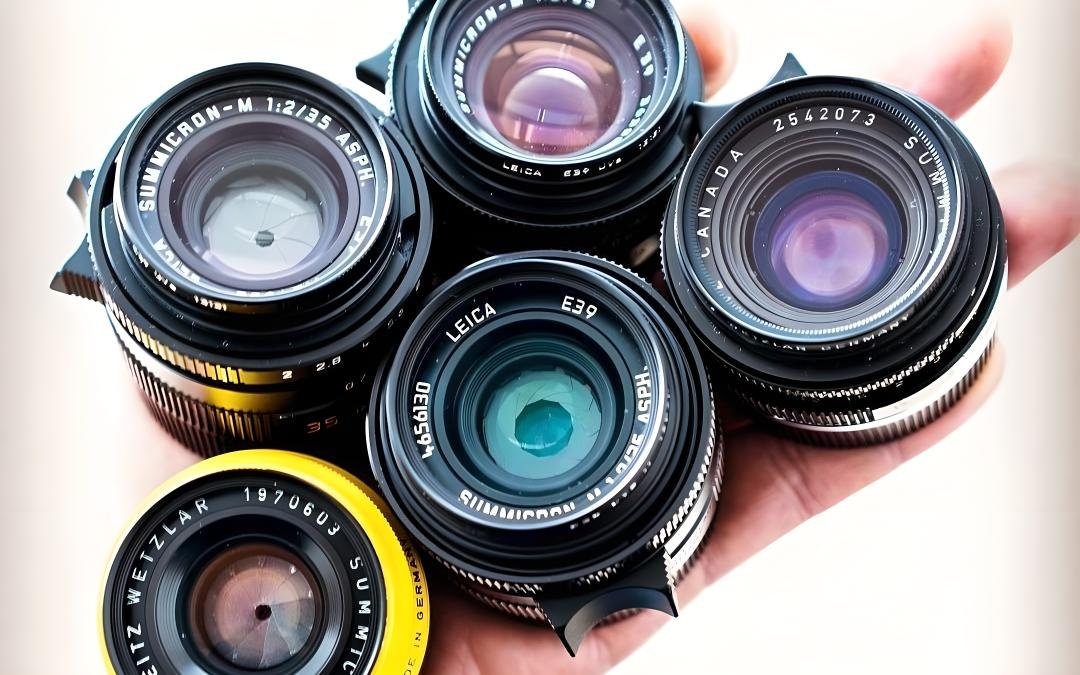Five Common Photography Mistakes for Online Sellers and How to Avoid Them
If you want to sell your products online, you need to pay attention to the quality of your product photos. Blurry, overexposed, or other low-quality photos can affect your sales performance and turn off potential customers. To avoid these problems, you need to be aware of these five common photography mistakes and how to improve them.
Low Light: When you don’t have enough light, your camera often tries to compensate for this by extending the exposure, which can result in blurry or grainy photos. Shoppers want to be able to see what they’re getting. Regardless of what you’re selling, dim photos can turn off potential customers.
How to fix it: Photograph your products near a sunny window and try using a reflector (such as a piece of white poster board) to direct more light onto your products and eliminate shadows.
Using a Flash: It’s tempting to use your camera’s built-in flash to brighten things up when you’re photographing products indoors. But using the flash can produce unappealing glare, create shadows, and distort the colors of items.
How to fix it: If you need to take photos and don’t have enough natural light, use a light box or soft box light to illuminate your items without creating harsh glare.
Blurry Shots: Out-of-focus images give the impression of unprofessionalism and may leave buyers unsure of the quality of the item they are considering. If shoppers can’t see your item clearly, they may not make a purchase.
How to fix it: Try using the focus setting on your camera. On most digital cameras, pressing the shutter button halfway prompts the camera to set a new focus point. Similarly, many smartphones allow you to tap on the screen of the area you want the camera to focus on before taking a picture. When you’re trying to capture close-up details of a product or photograph a smaller item, such as jewelry, use the macro setting on your digital camera (usually indicated by the flower symbol) to increase the focus. Stabilizing your camera on a tripod or a stack of books can also make your photos sharper.
Too Cluttered: Photographing your products against a scenic backdrop (such as pillows on a couch or a set of plates on a dining room table) can help your customers envision your items in their lives. However, if you use a lot of props in your photos, it can confuse potential customers as to what exactly you’re selling.
How to fix it: Avoid overwhelming shoppers with too many props or busy backgrounds, especially when it comes to your main product images. Your product should be the star of the show. When in doubt, choose simplicity and photograph your items on their own in front of a solid, well-lit backdrop.
Insufficient Information: If you want to make a sale, online shoppers need to be able to quickly assess the size and condition of the product they’re considering buying. If they can’t tell the size, color, or other important details of an item from your photos, it could result in a lost sale or a return.
How to fix it: Include photos from multiple angles (front, back, bottom, top, side) in your listing. Be sure to include photos of any wear and tear or cosmetic damage. You can use one photo to show the proportions of your product displayed side-by-side with other recognizable objects. You can demonstrate the fit and cut of wearable items, such as clothing or accessories, by photographing them on a mannequin. Provide shoppers with ample information through clear, high-quality photos, and they’ll come to know and love your merchandise.




